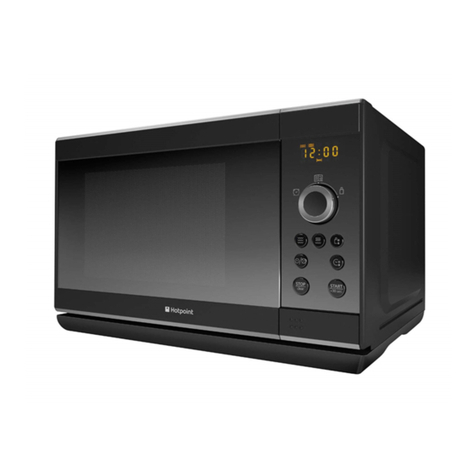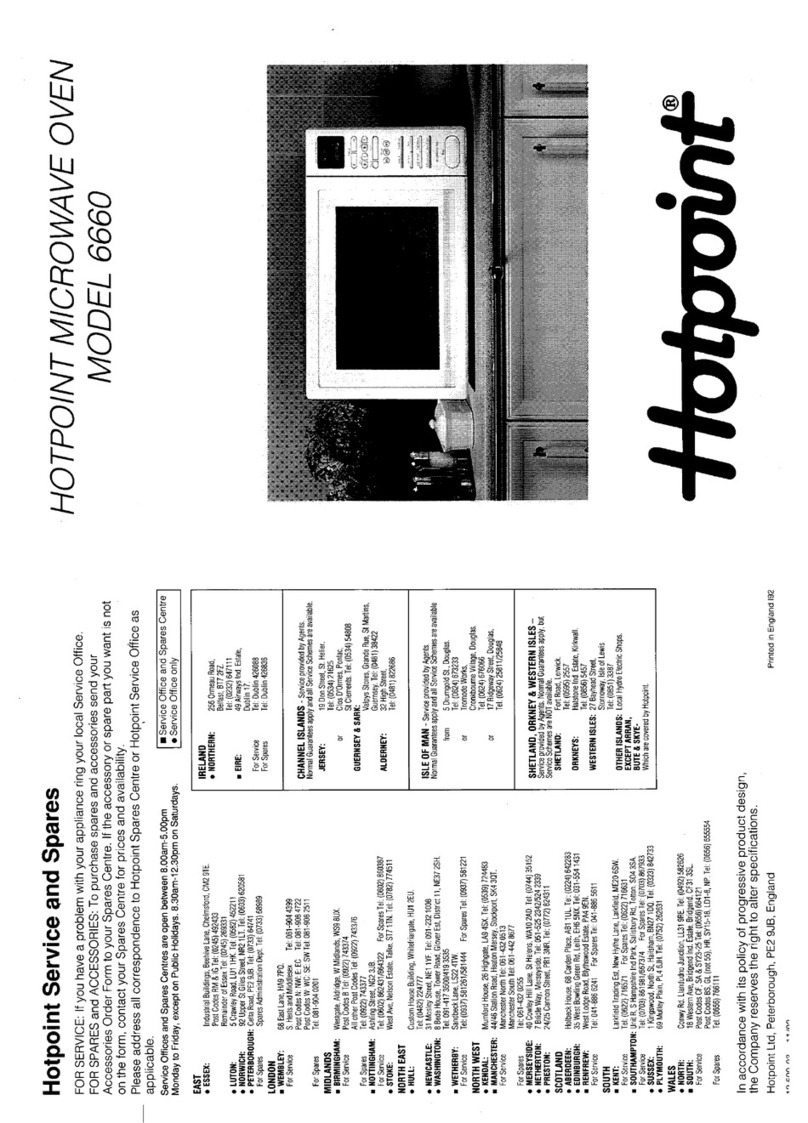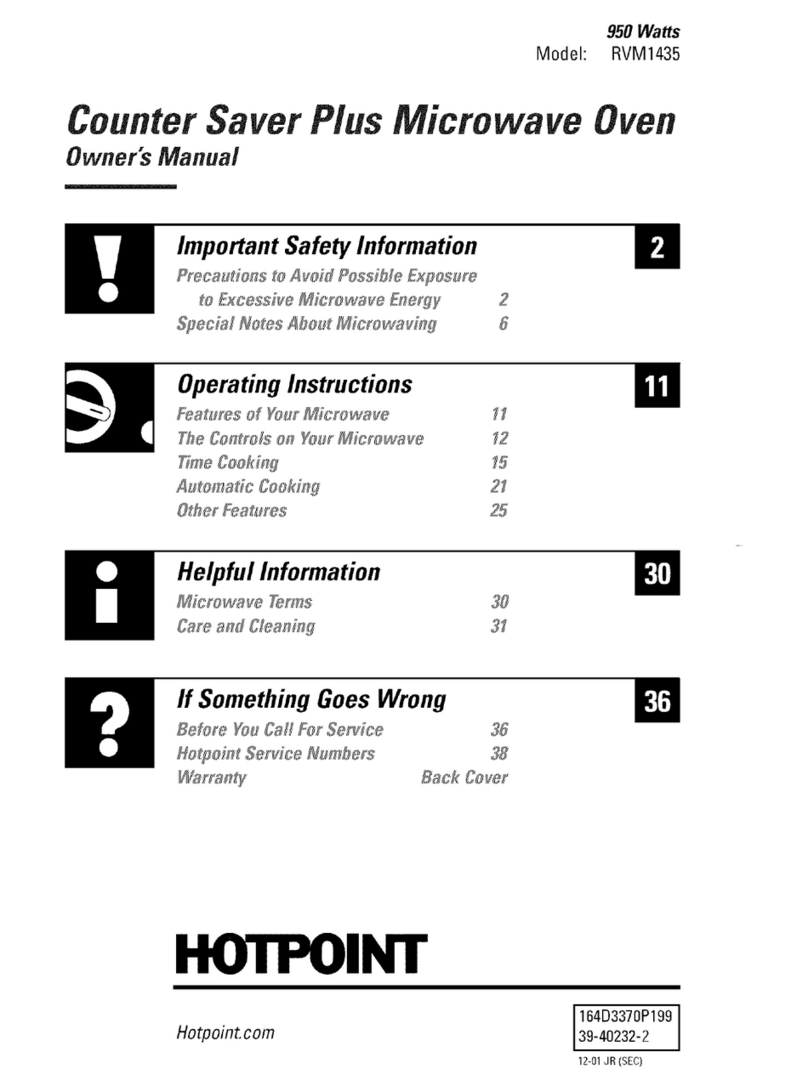Hotpoint RVM225WL Installation instructions
Other Hotpoint Microwave Oven manuals
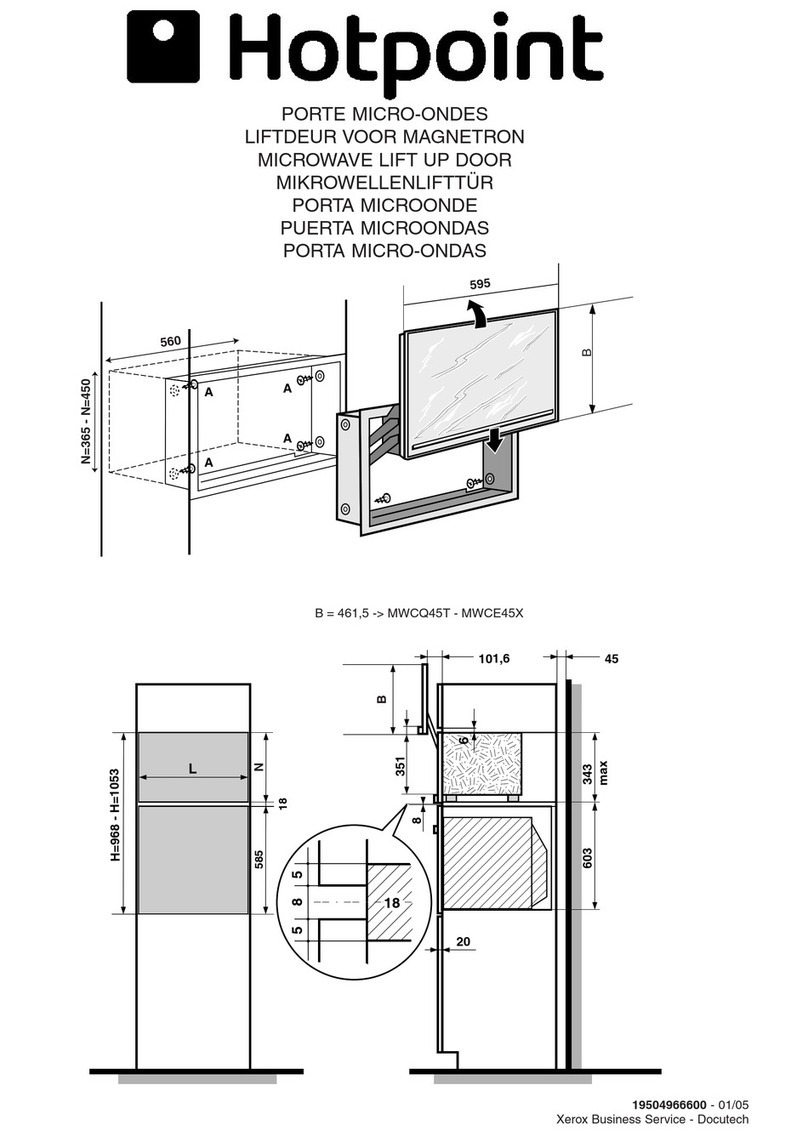
Hotpoint
Hotpoint MWCE45X User manual

Hotpoint
Hotpoint MWX 431.1 X User manual

Hotpoint
Hotpoint RVM1535DMBB - R 1.5 cu. Ft. Microwave OVEN7 User manual
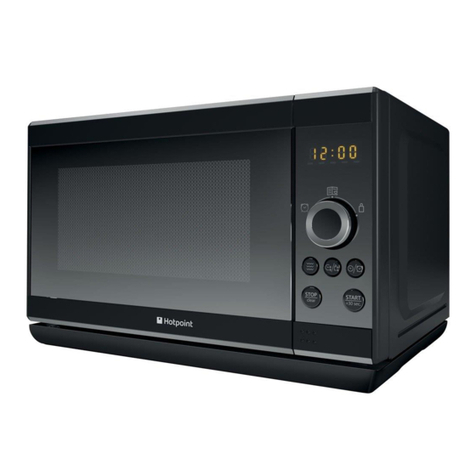
Hotpoint
Hotpoint Microwave 20L User manual
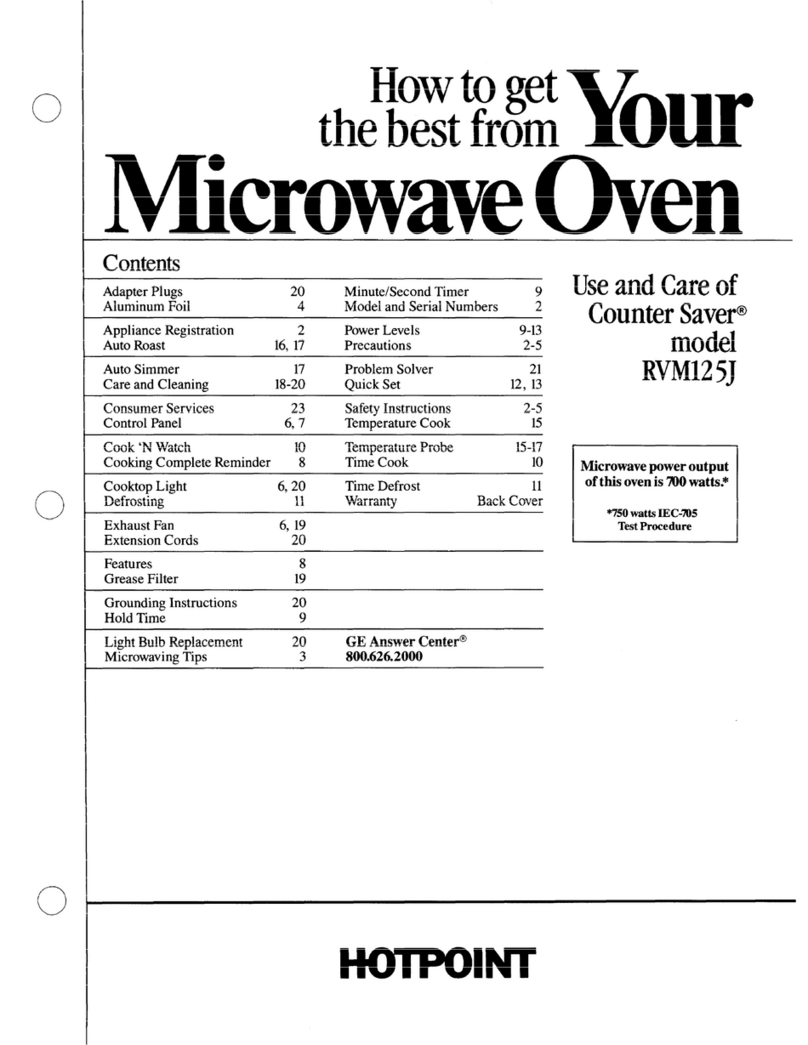
Hotpoint
Hotpoint Counter Saver RVM125J Installation instructions
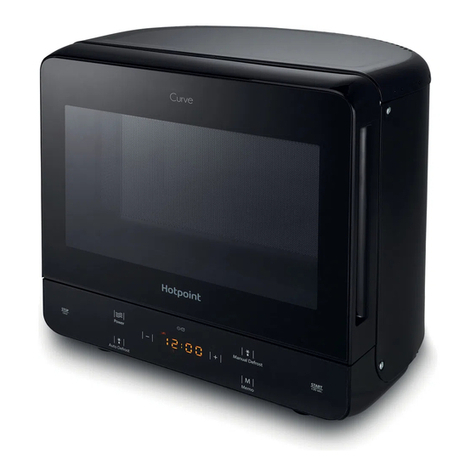
Hotpoint
Hotpoint Curve MWH 1331 B User manual
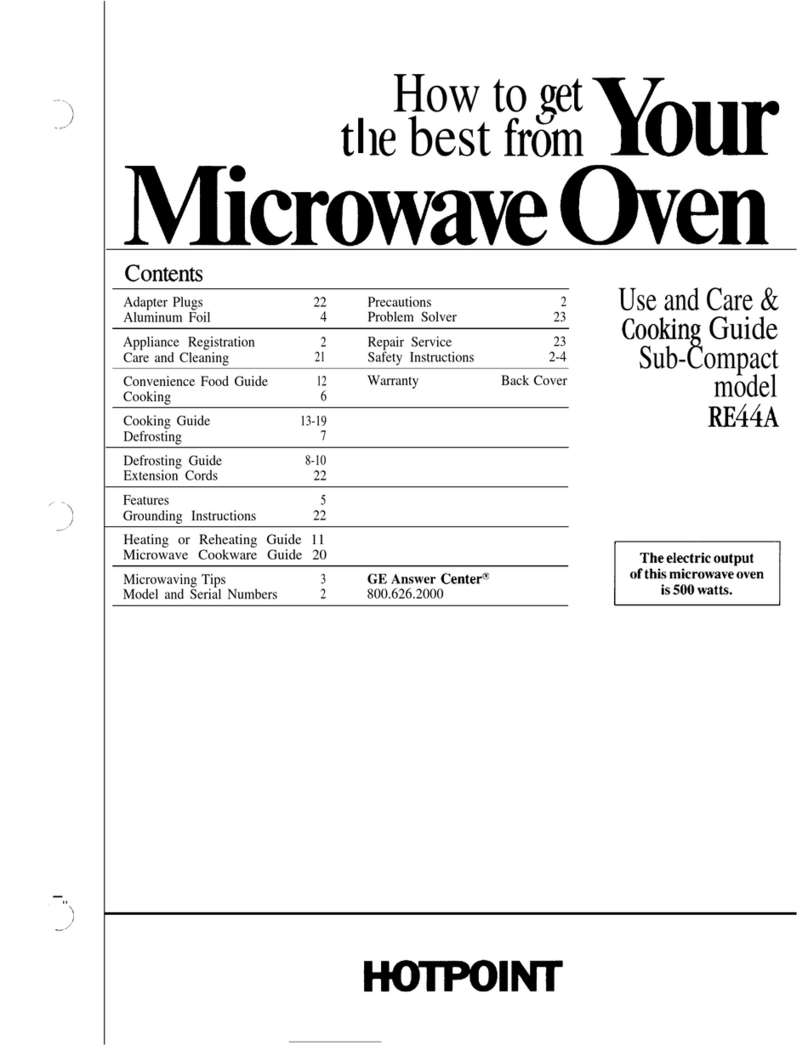
Hotpoint
Hotpoint RE44A Use and care manual

Hotpoint
Hotpoint MD454IXH Installation and operation manual
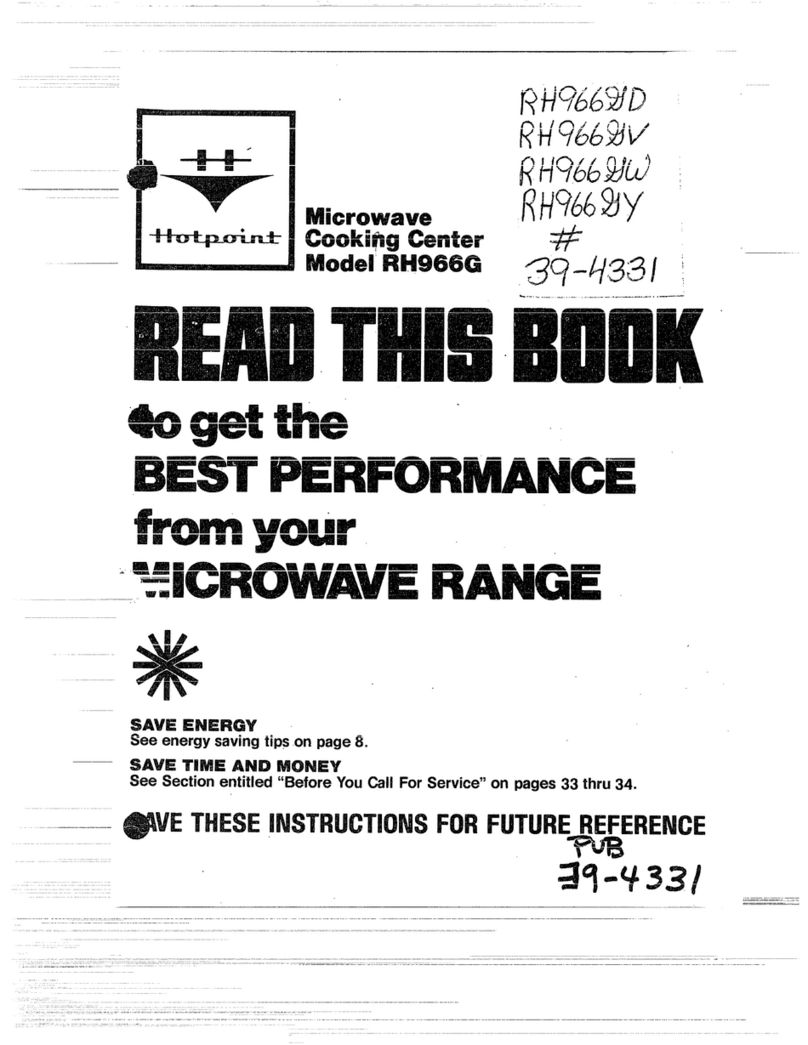
Hotpoint
Hotpoint RH966G User manual

Hotpoint
Hotpoint RE86 Specification sheet

Hotpoint
Hotpoint MWH 30243 B User manual
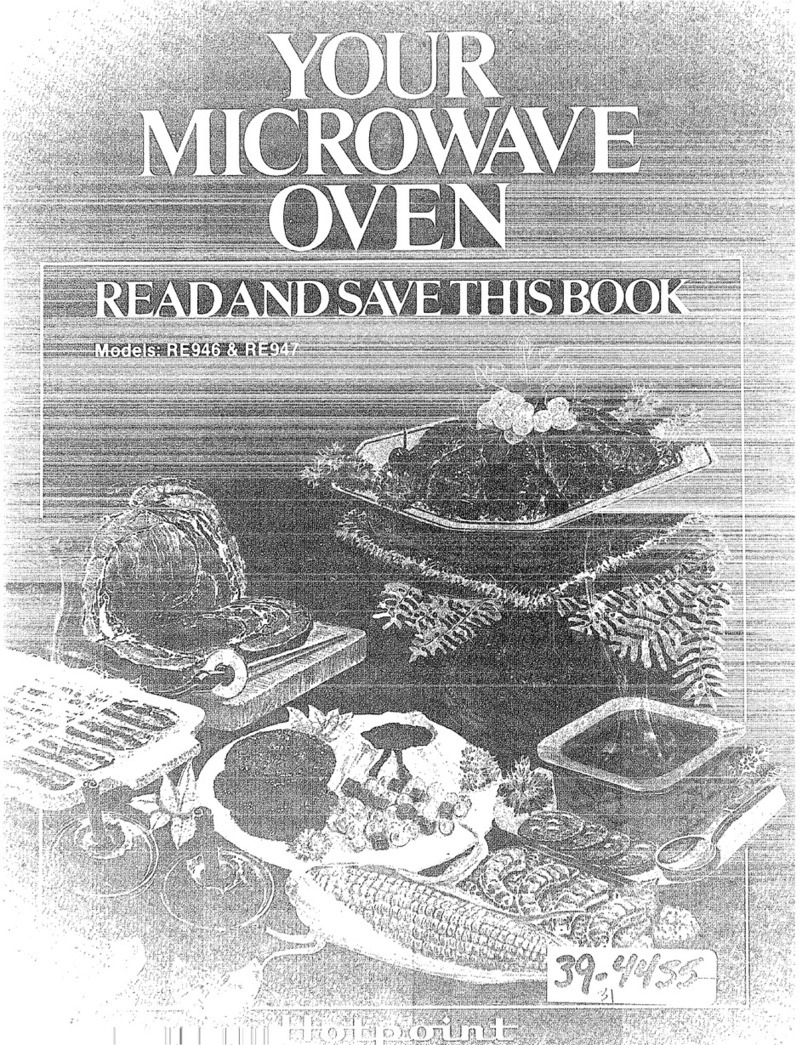
Hotpoint
Hotpoint RE946 Installation instructions
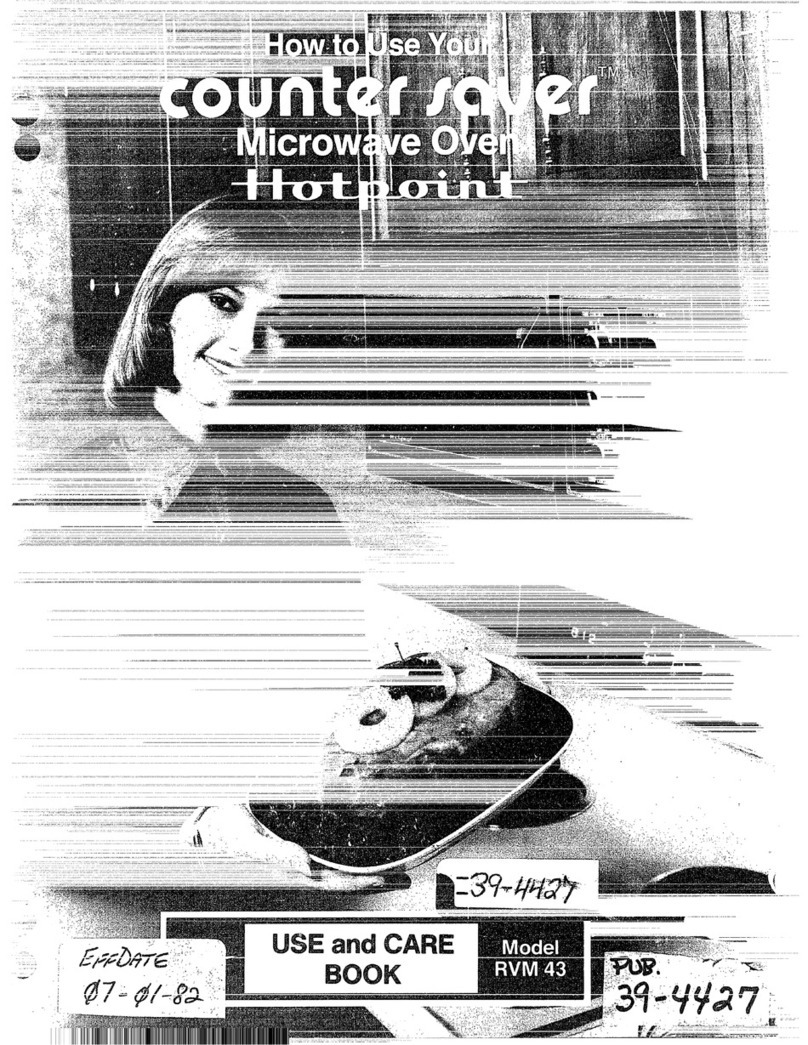
Hotpoint
Hotpoint Couter saver RVM43 Installation instructions
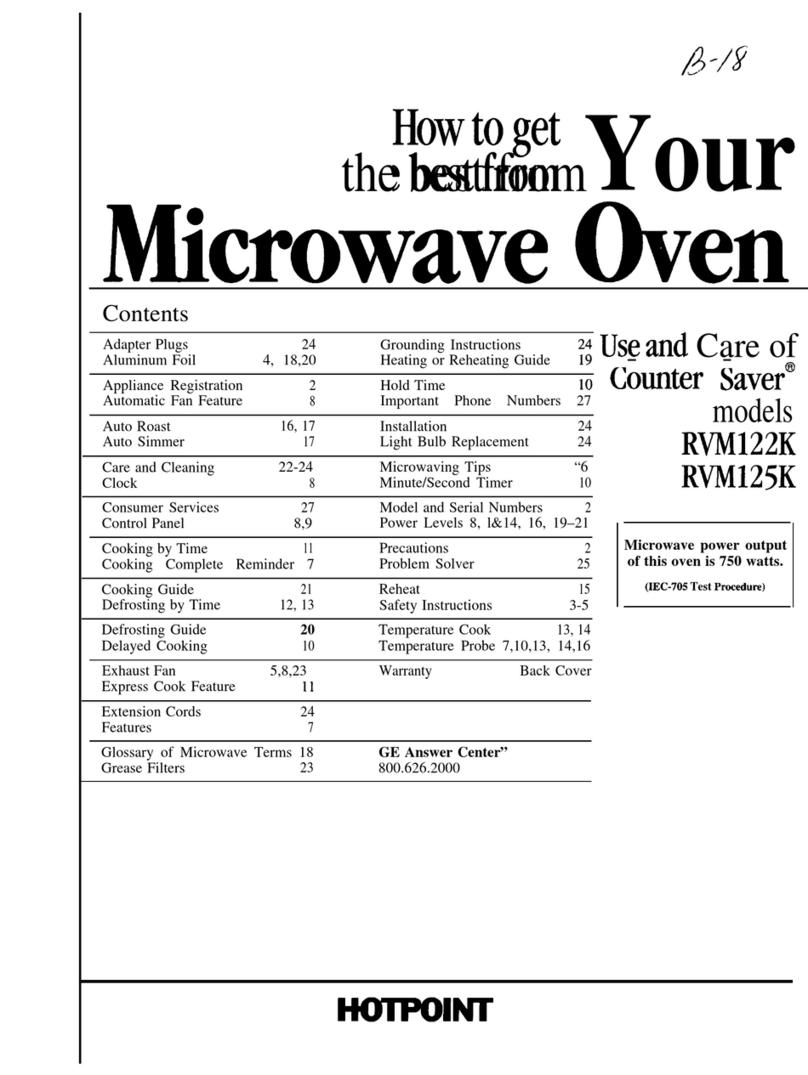
Hotpoint
Hotpoint Counter Saver RVM12 Series Installation instructions
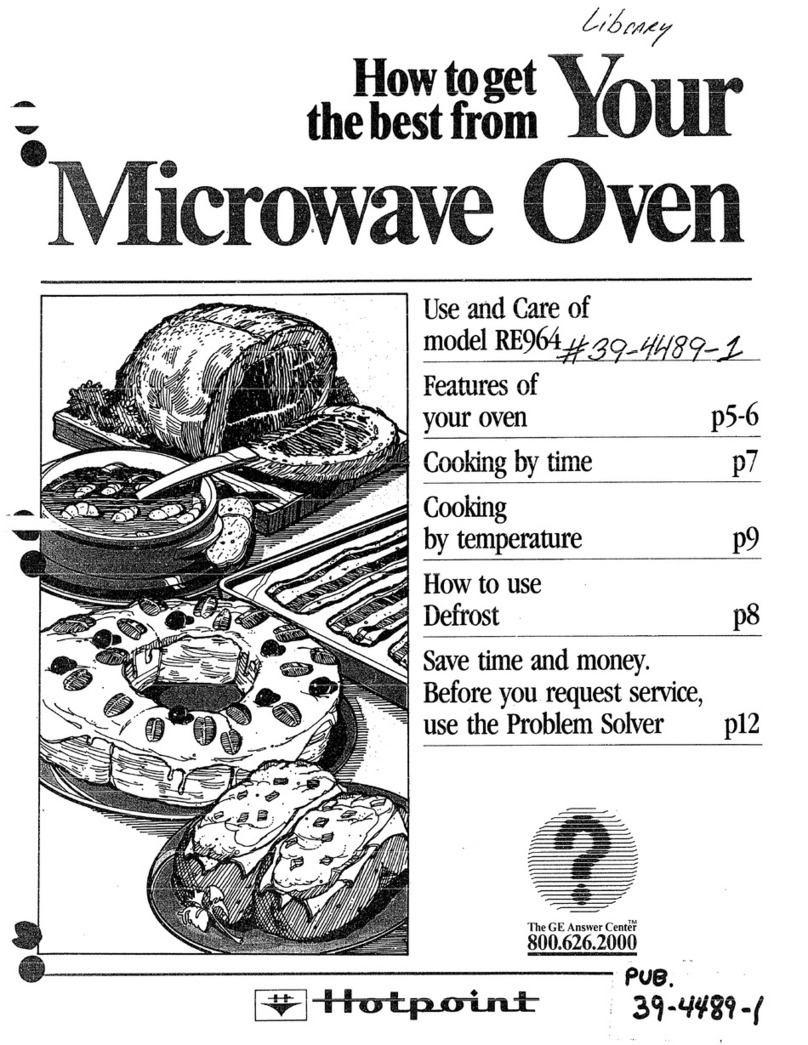
Hotpoint
Hotpoint RE964 Specification sheet

Hotpoint
Hotpoint RVM1435 User manual

Hotpoint
Hotpoint MP676IXH Installation and operation manual

Hotpoint
Hotpoint HOTPOINT User manual

Hotpoint
Hotpoint MWH2521BUK User manual
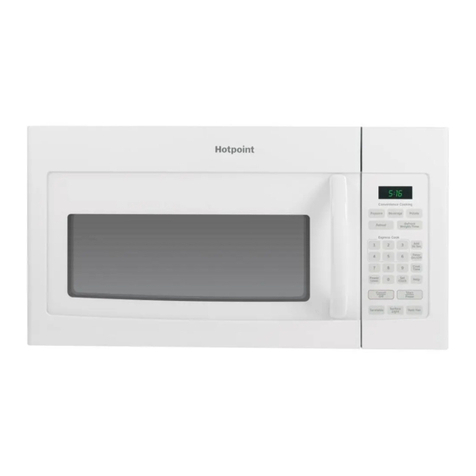
Hotpoint
Hotpoint RVM5160 User manual
Popular Microwave Oven manuals by other brands

Conrad Electronic
Conrad Electronic 2372935 operating instructions

GE
GE Spacemaker JVM1440BH datasheet

DAEWOO ELECTRONICS
DAEWOO ELECTRONICS KOR-6L8K5S83 Operating instructions & cook book

DAEWOO ELECTRONICS
DAEWOO ELECTRONICS KOR-1N5A9S Operating instructions & cook book

Daewoo
Daewoo KQG-6617G Operating instructions & cook book

Samsung
Samsung M1779 Owner's instructions
